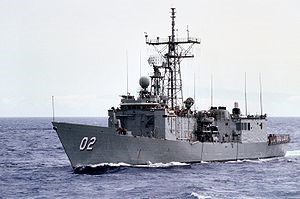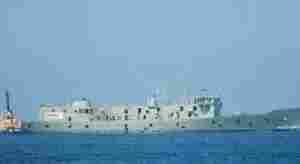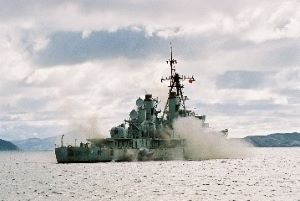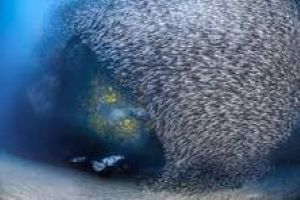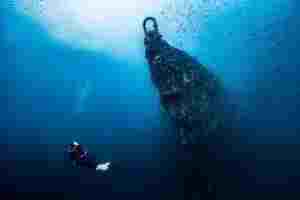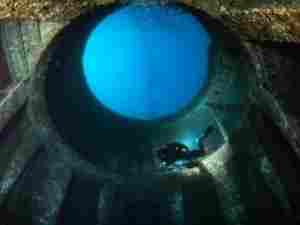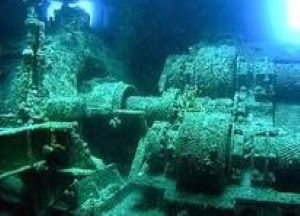AUSTRALIA’S GREAT FORMER WARSHIPS
The Magnificent Seven!
In 1997, Ex-HMAS Swan became the first of seven decommissioned Royal Australian Navy warships to be scuttled for recreational diving.
On the morning of 14 December 1997 near Dunsborough in Western Australia, over 10,000 spectators witnessed the scuttling of the Swan.
The Swan was then followed by:
- Ex-HMAS Perth in 2001, near Albany, Western Australia,
- Ex-HMAS Hobart in 2002, near Adelaide, South Australia,
- Ex-HMAS Brisbane in 2005, off Mooloolaba, Queensland,
- Ex-HMAS Canberra in 2009, off Ocean Grove, Victoria, and
- Ex-HMAS Adelaide in 2011, near Terrigal, New South Wales.
The Magnificent Seven finally came into being in 2018 with the scuttling of Ex-HMAS Tobruk, half way between Hervey Bay and Bundaberg in Queensland.
Before being decommissioned, all seven vessels served the RAN with excellence and bravery for many years.
Prior to settling down in their underwater resting places, hundreds of thousands of dollars were spent on each warship preparing them for divers.
Before their scuttling, all vessels were thoroughly cleaned and expunged of environmentally dangerous materials such as oils and asbestos, and further prepared for divers by the provision of safe swim-throughs to enhance diver safety and enjoyment.
The Magnificent Seven all lie in approximately 30 metres (100’) of water and, with the exception of Tobruk, are upright on their keel with their decks and superstructure providing an ideal artificial reef for fish life and marine invertebrates.
Whilst most are too deep for snorkellers, they do provide excellent freediving opportunities.
Scuba divers are advised to have Advanced Diver certification; however, some dive operators will provide the opportunity for supervised Open Water divers.
Whilst each wreck has specially constructed access points, divers should ensure that they have suitable training, experience and equipment for penetration diving.
Each wreck has its own unique characteristics and all need multiple dives to become fully familiarised with their layout and features.
All support an abundant and diverse array of local marine life!
Without doubt, a highlight of each wreck includes a visit to the bow, and a swim down the funnel to the engine room or vice versa!
FOOTNOTE:
It is worth noting that the first ship deliberatley scuttled for recreational scuba divers in the Southern Hemisphere was the whale chaser SS Cheynes III off Albany, Western Australia in 1982.
Local diving identity, Les Bail, arranged to have the Cheynes III scuttled as a dive site as a means to reduce diving pressure on other more significant historic shipwrecks in Western Australia.
Cheynes III is still a great dive!
Thanks for your incredible vision and contribution Les, you certainly set a great precedent!
Copyright 2024 Steve Sinclair
